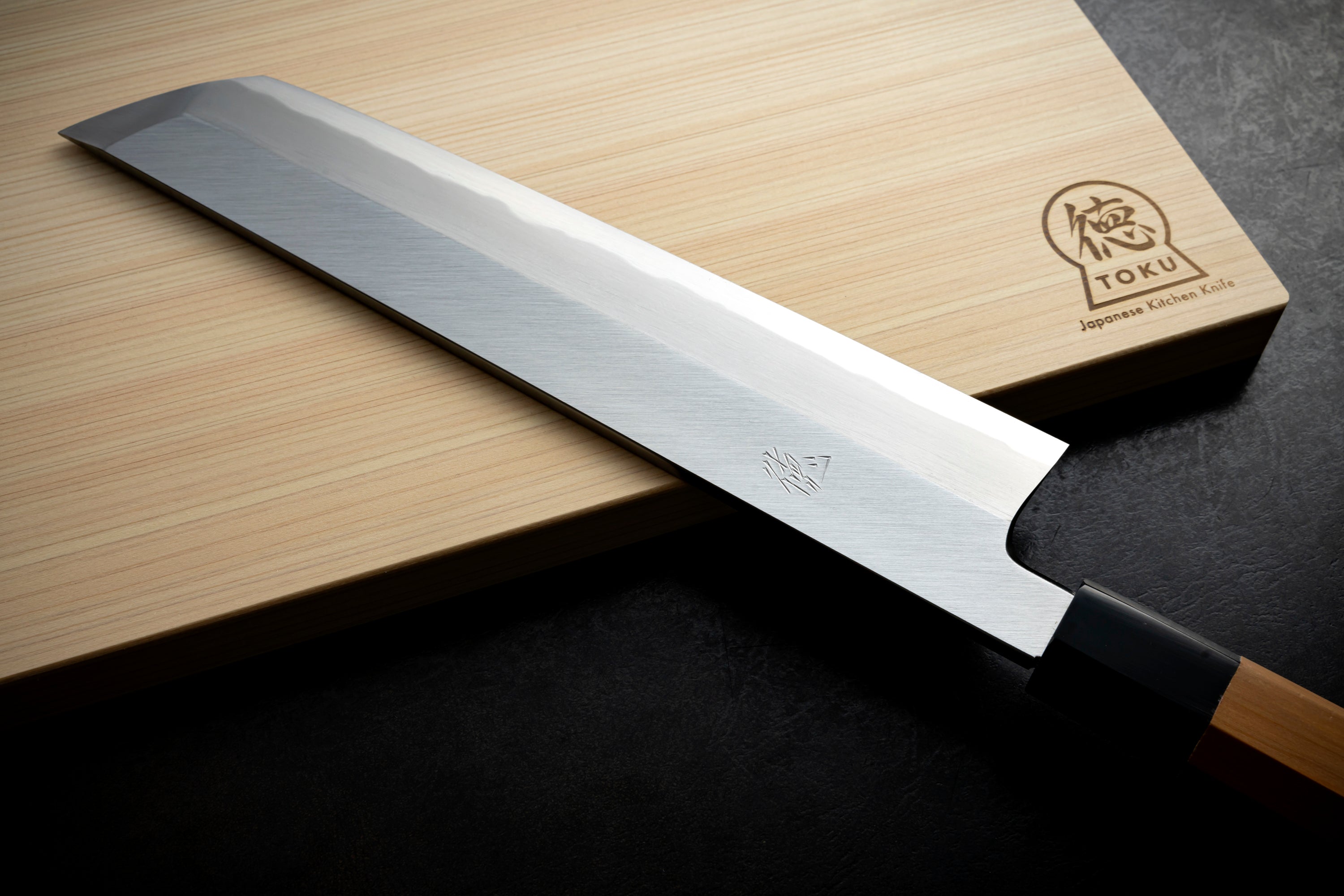

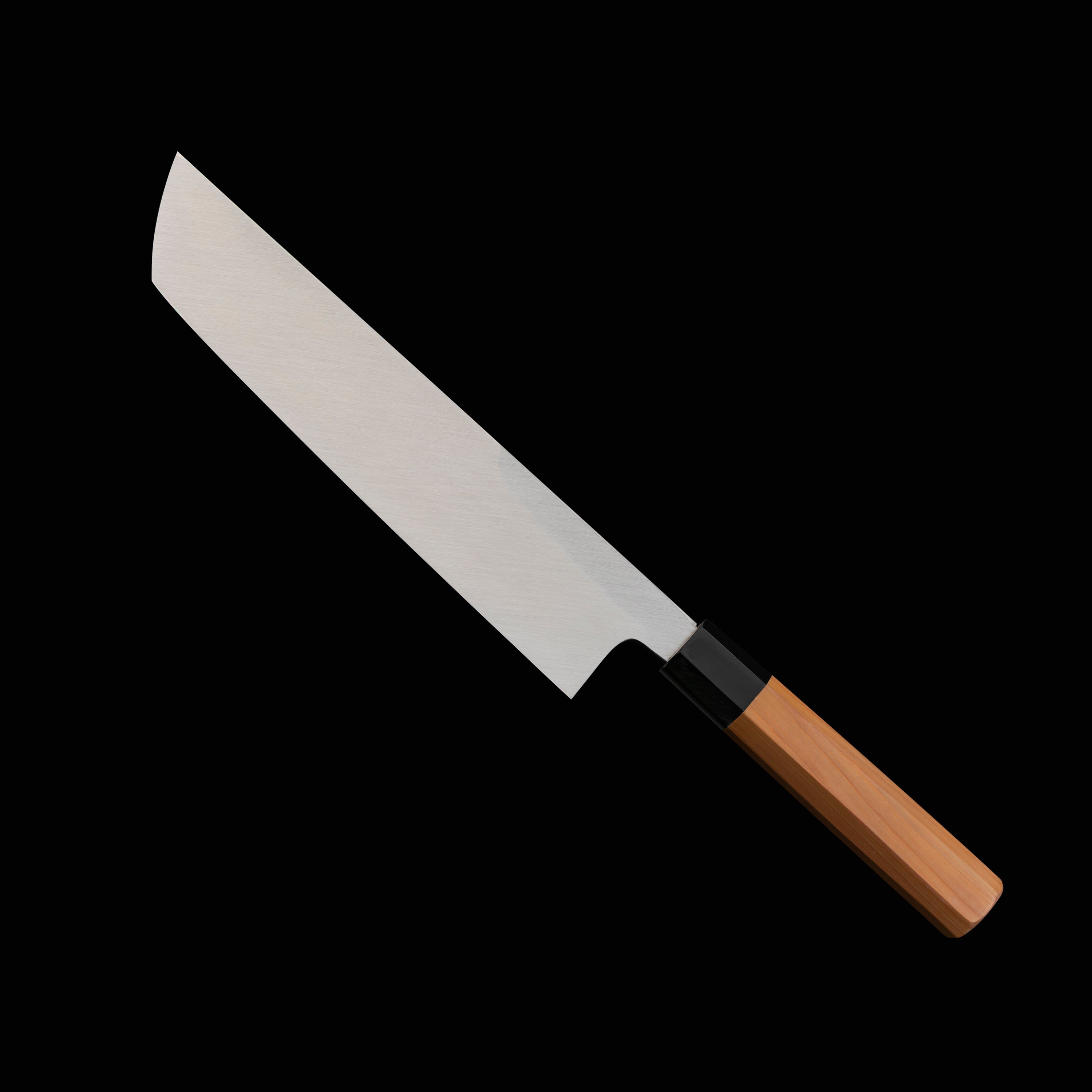
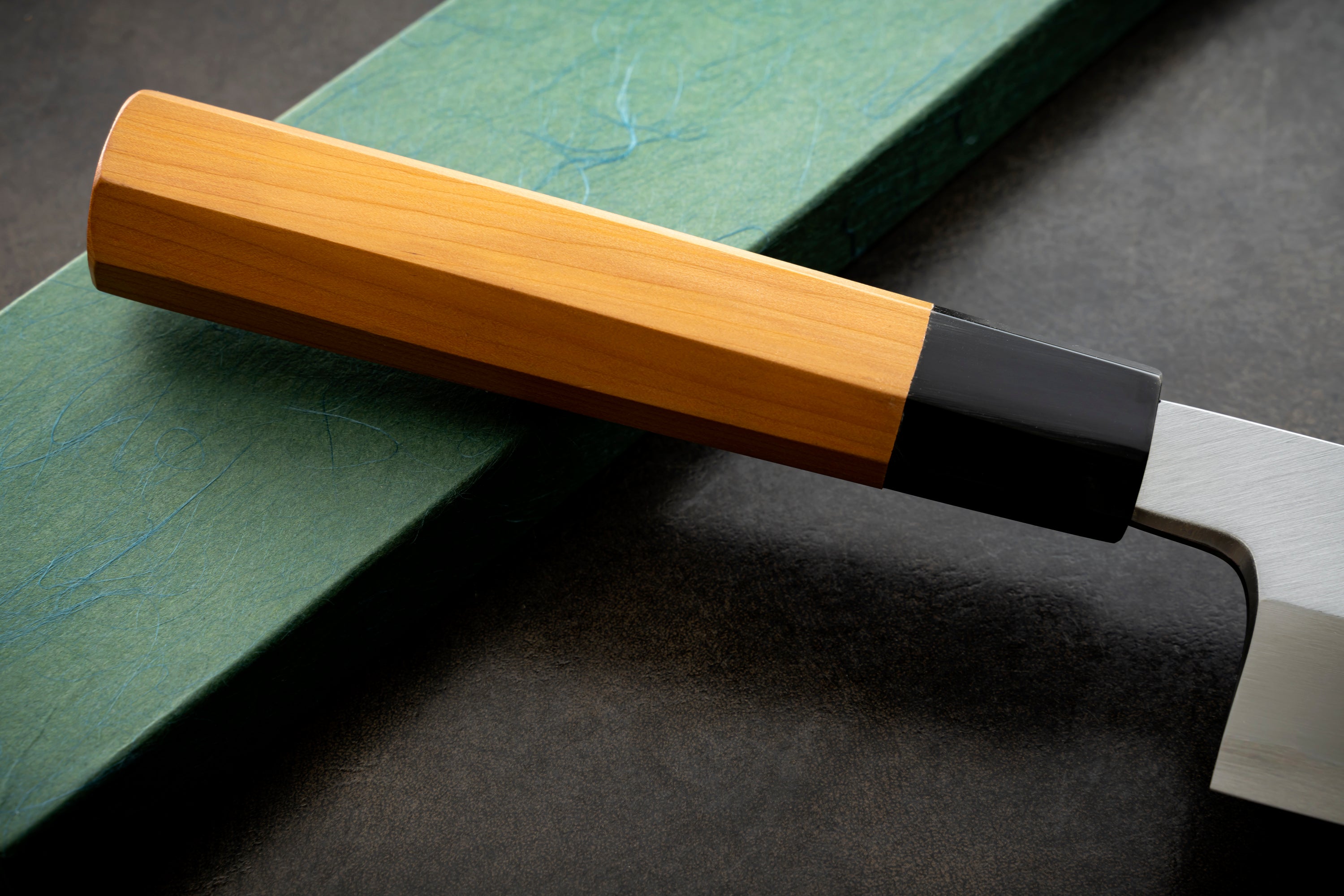
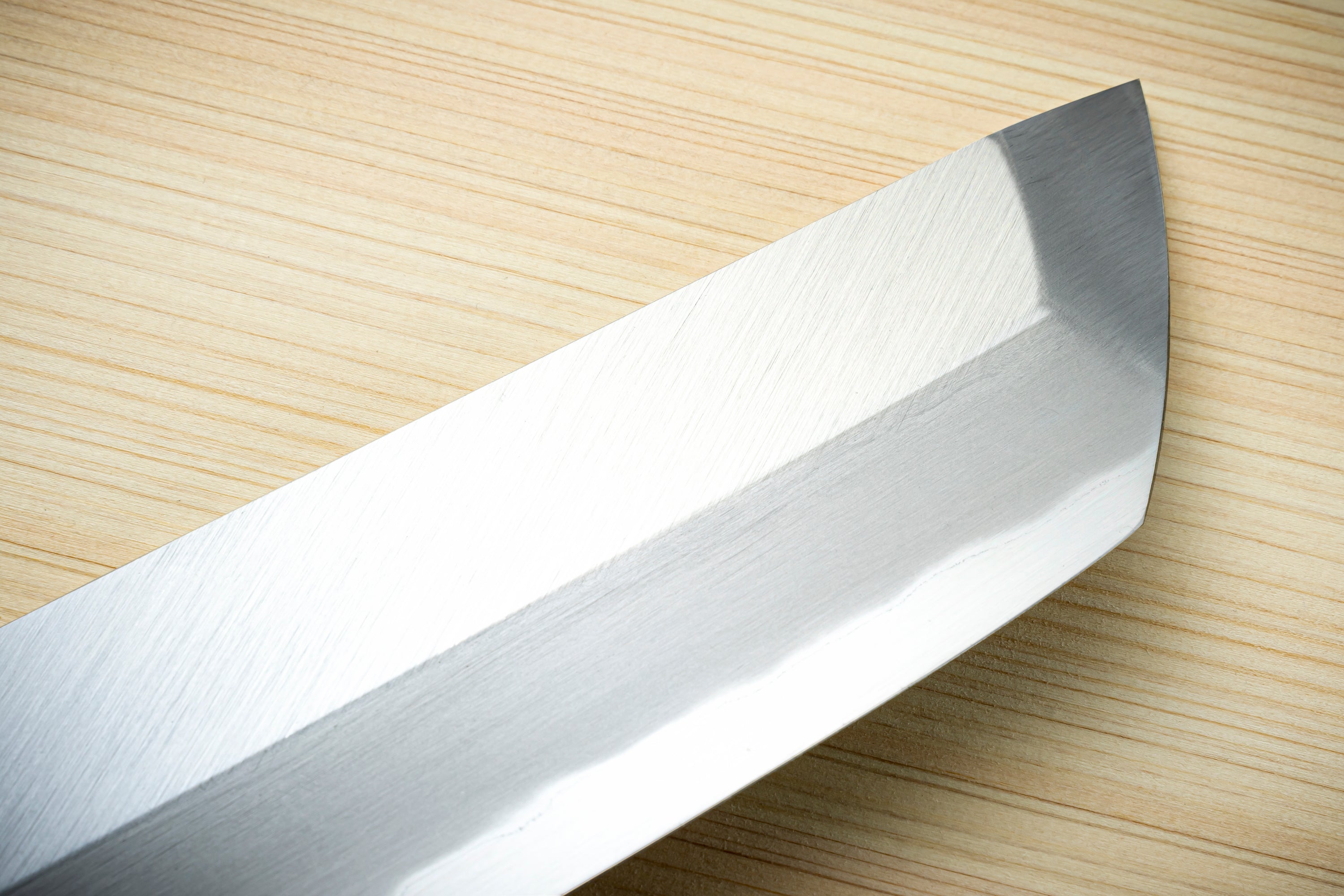
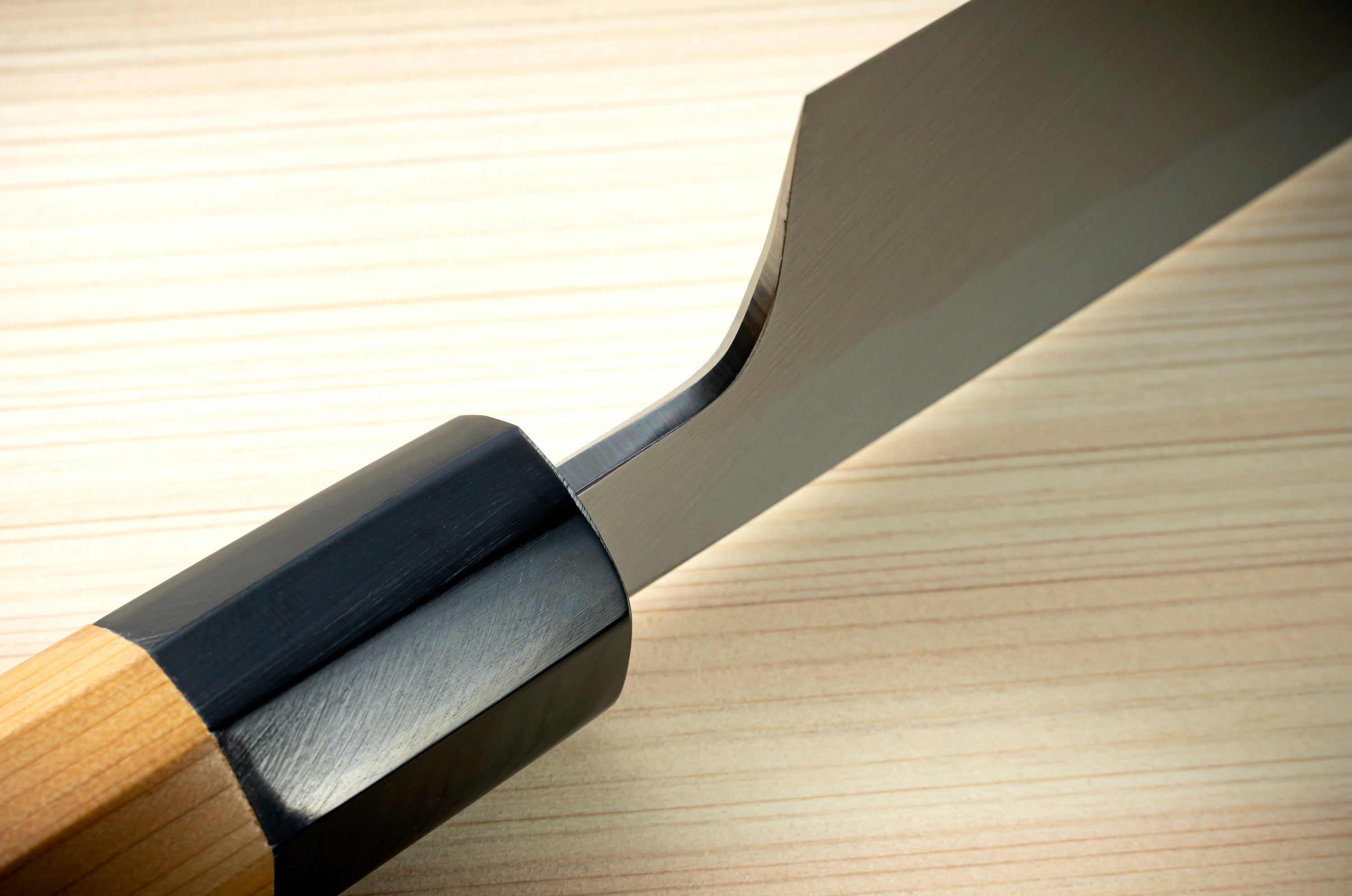
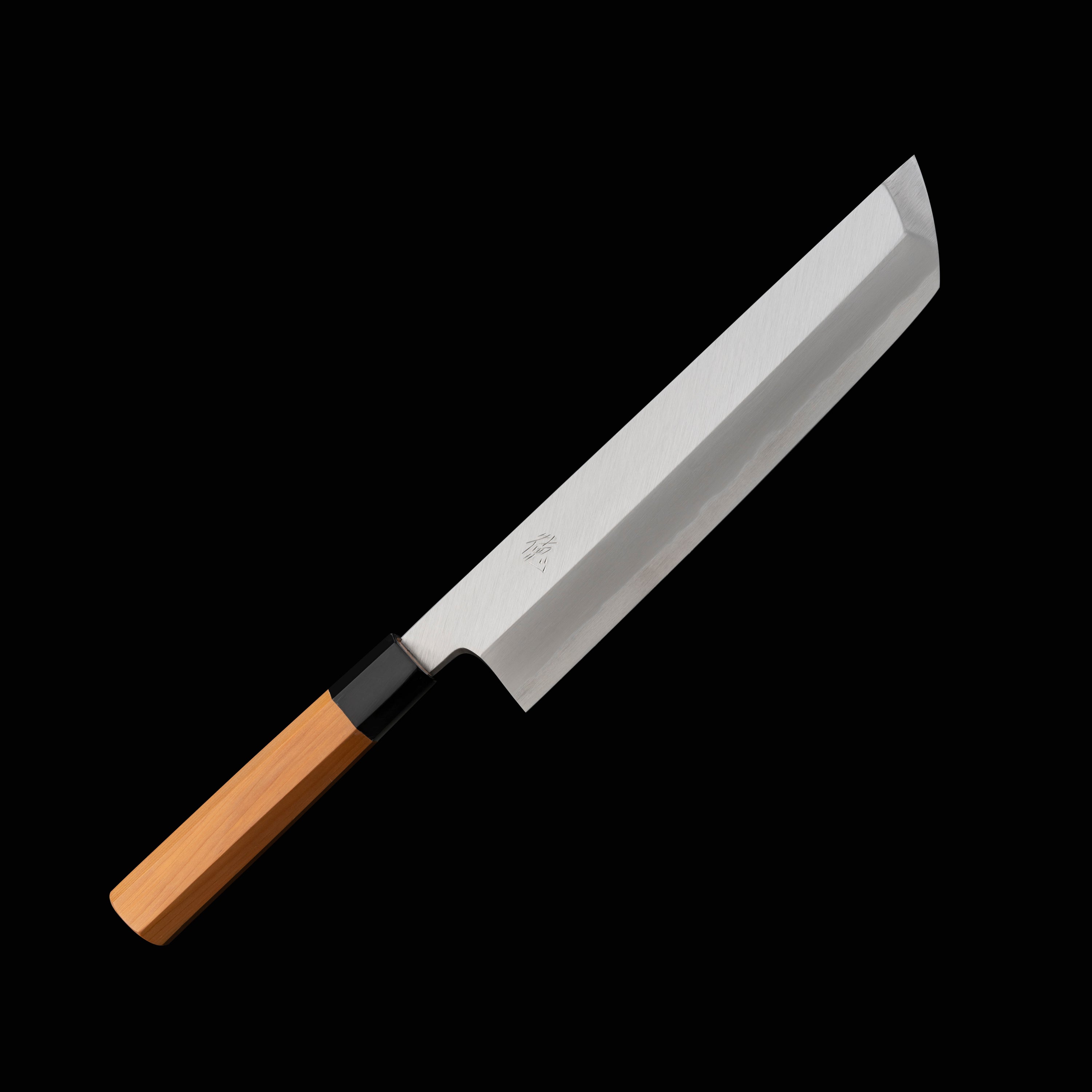

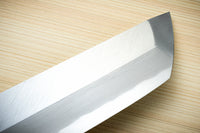
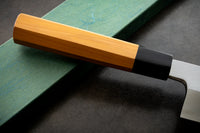
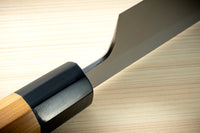




Japan Knife TOKU | Honekiri knife White paper 2 Steel Yew octagonal handle
The weight of the knife can be used to insert the knife without exerting any force.
The core material is made of White paper No.2 Steel blade.
There is also a material called blue paper steel blade which is harder than white paper steel blade, but white paper steel blade is easier to handle when considering maintenance using a whetstone.
In addition, the material is loved by professional chefs, so you can use it with confidence.
Since it is made of steel, it is prone to rust, but you can prevent rust by removing moisture after use.
The handle is made of wood called Yew.
It is strong and has an octagonal shape, making it easy to hold.
Sakai cutlery is made by a blacksmith, a sharpener, a signature cutter, and a handle maker, each with their own division of labor.
This is a masterpiece created by each craftsman with high skill and pride.
-
Material
Yasugi White Steel
-
Finishing
Haze Finish
-
Handle
Yew octagon

Sharpness
Durable sharpness
Rust resistance
Maintainability
Taste of Food
Choose options
















Quality and Features
Large shape but good at delicate work! Cutting the conger eel bones. Honekiri knife.
A product that has a good balance between else of sharpening and durability of sharpness. The handle is easy to hold and the ingredients come off easy, making it extremely easy to use. Recommended for a wide range of people, from professional chefs to beginner.
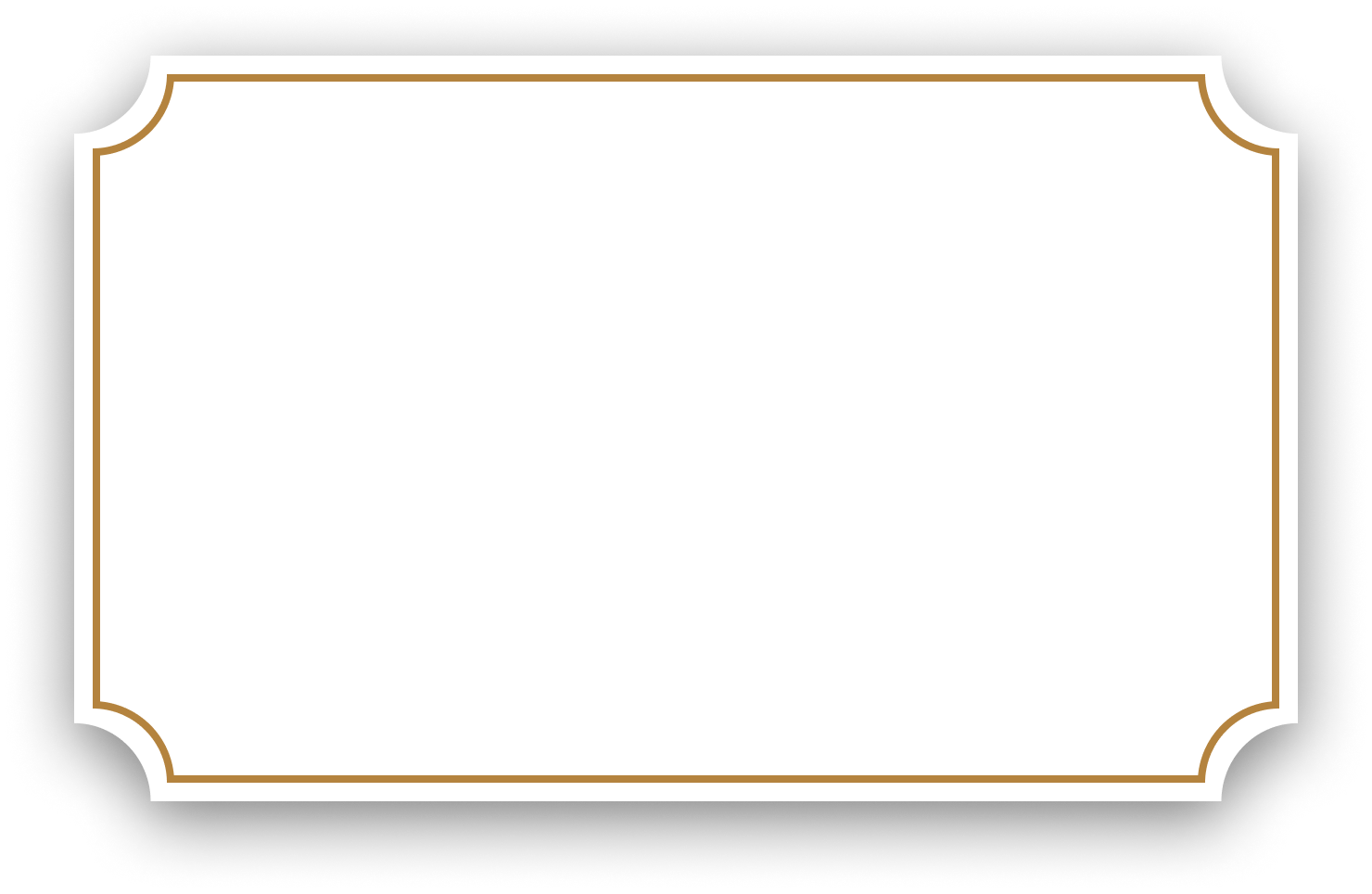
Yasugi Shironikou
It is manufactured in Yasugi City, Shimane Prefecture, and is one of the steel materials often used for high-quality kitchen knives and blades. In addition to its high hardness and very good sharpness,Shironi steel is also easy to sharpen, and regular maintenance will keep it sharp for a long time. Rust can be inhibited by wiping off water thoroughly after use.
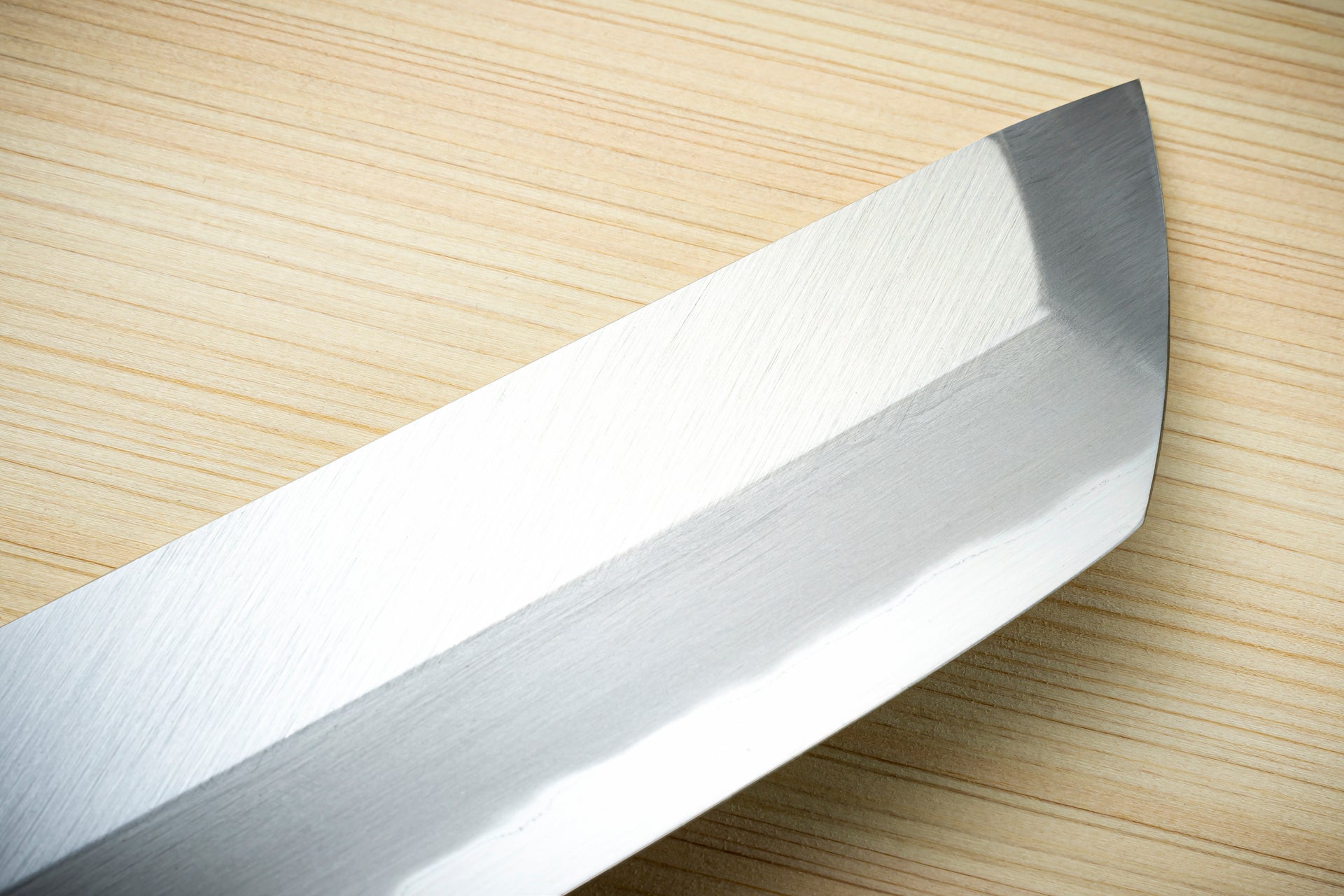
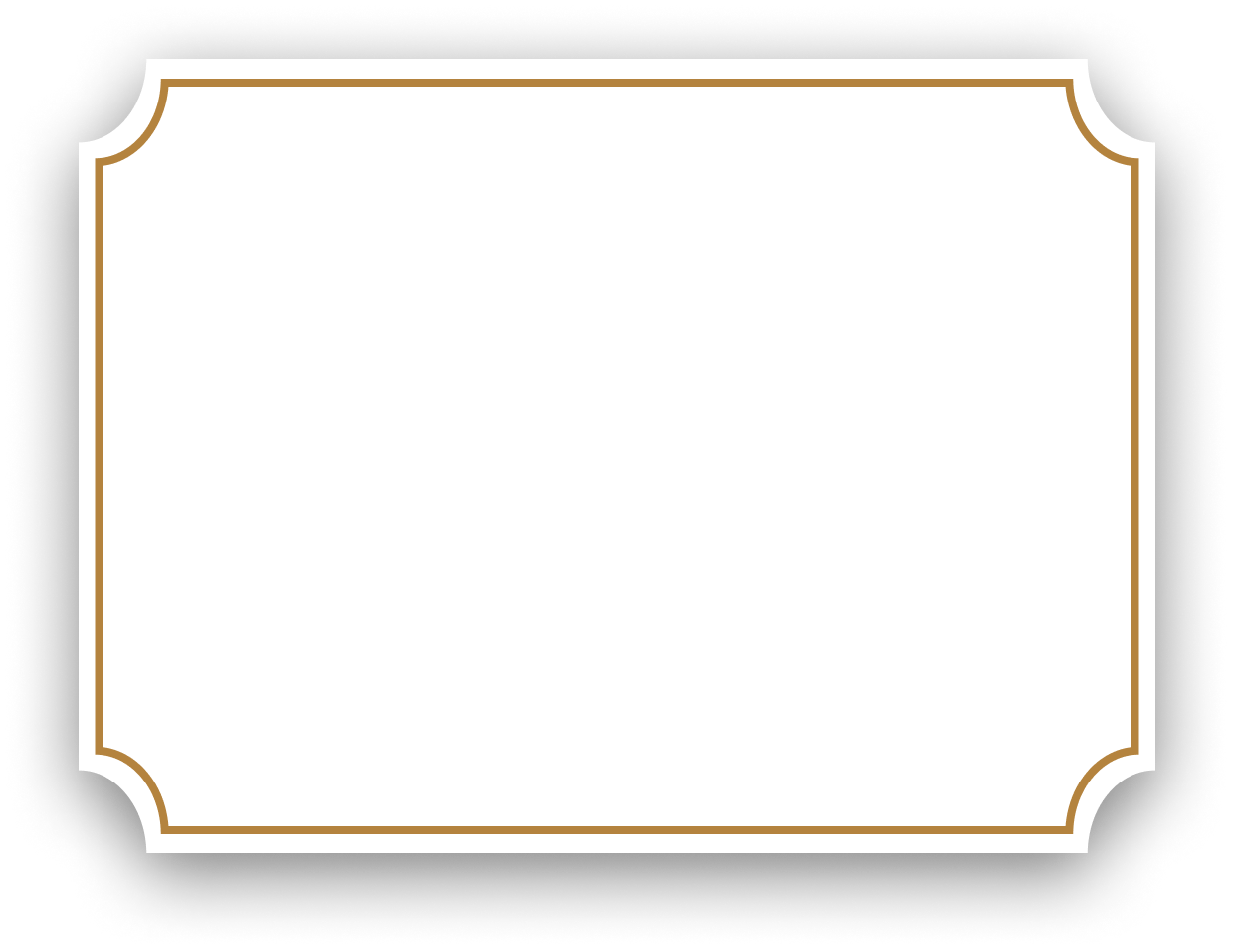
Single-edged design
Only one of the blades is sharpened to improve sharpness.The blade is sharpened sharply on only one side to improve the sharpness of the blade and reduce the contact with the food,allowing smooth cutting. In addition, the back of the blade has an indentation called "Urasuki," which makes it easier for the cut food to separate from the blade.

An octagonal handle
A type of wood known as ichii. Due to its excellent durability and feel, it easily fits in the hand even after prolonged use. Because it is molded into an octagonal shape, it is less slippery than a round shape, making it suitable for detailed and forceful work. The handles of Japanese knives are easily replaceable, and when they become old or damaged, they can be replaced with new handles.
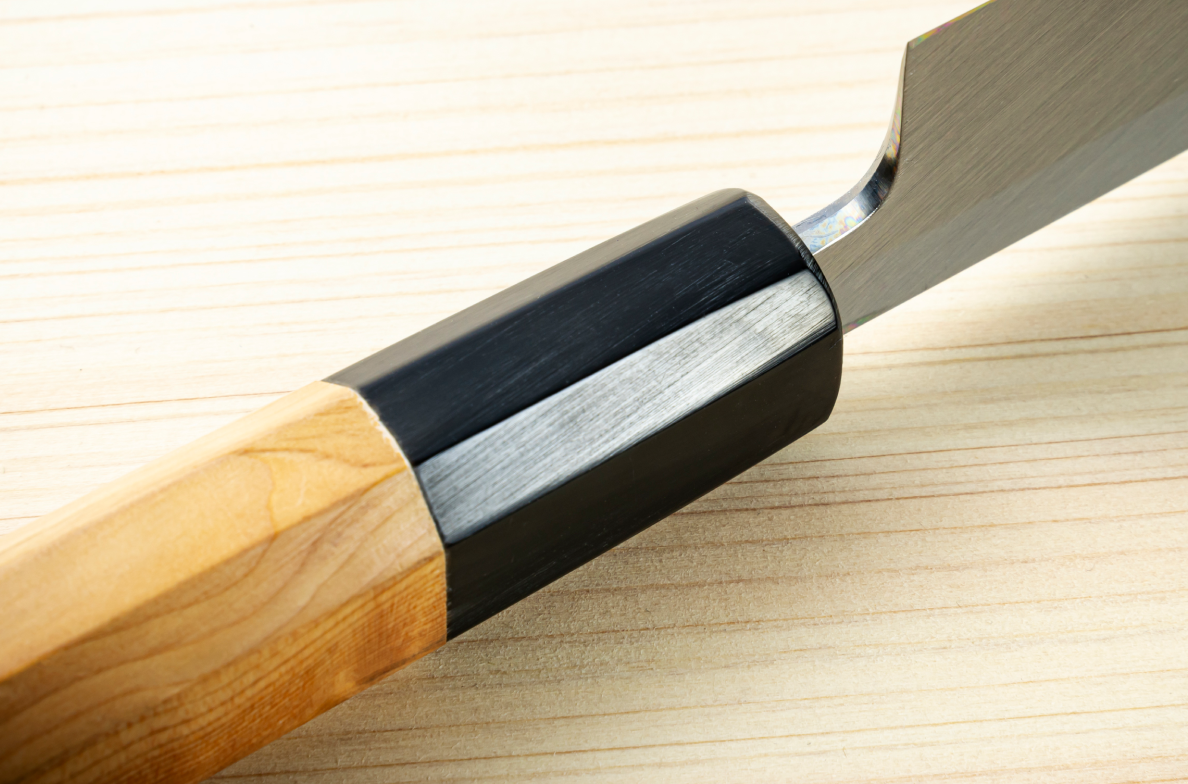
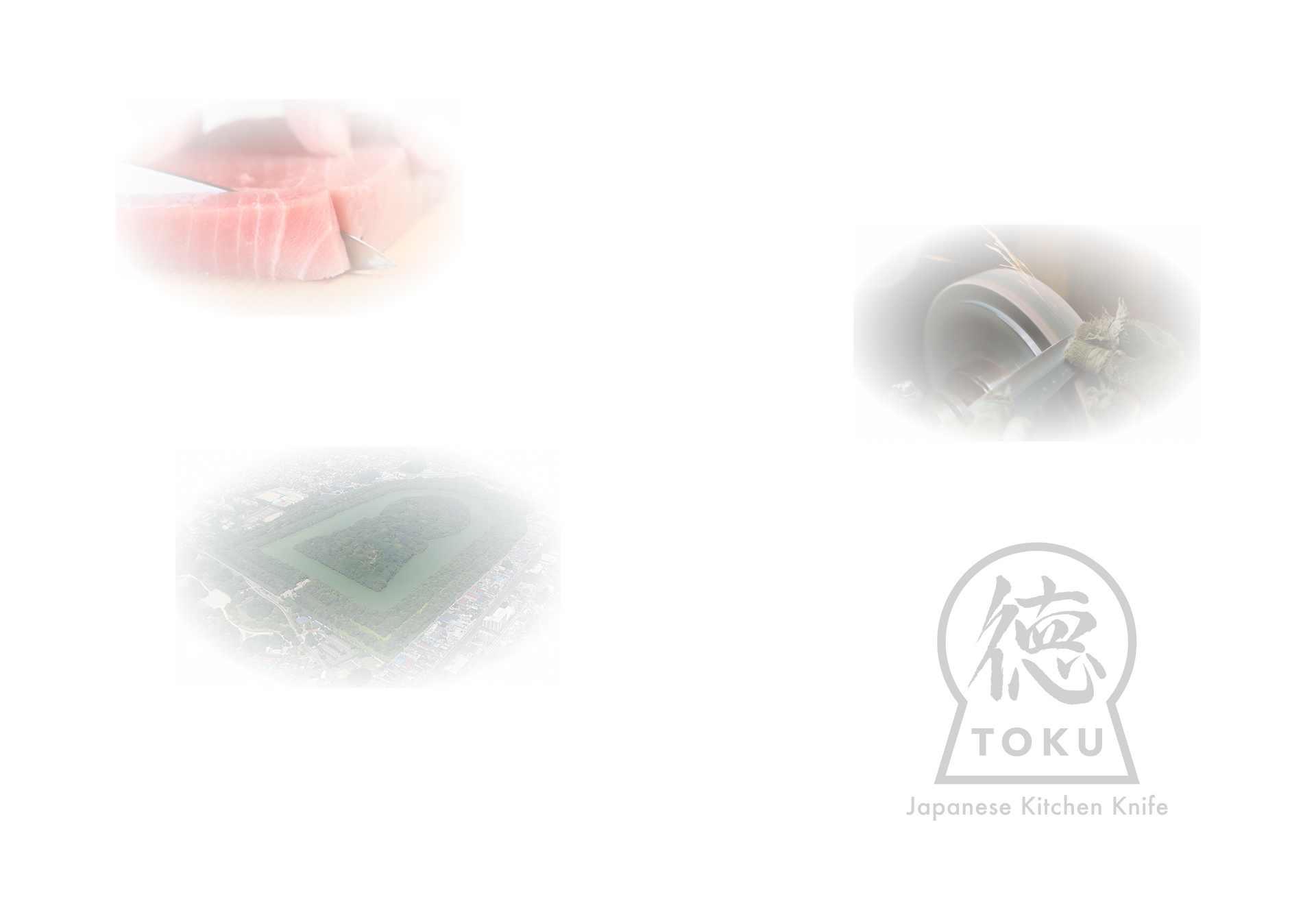
Sakai Toku's Commitment and Goal
Sakai Toku sells a wide selection of kitchen knives from all over Japan,
with a focus on "Sakai Uchihamono” made in Sakai City, Osaka.
We are committed to the quality of our knives,
and we hope that more and more people will experience the charm of our knives,
which are carefully crafted one by one,We are selling our knives directly from the makers.
so that we can offer the best quality knives,
We purchase knives directly from the manufacturers to realize reasonable prices.
We also provide after-sales service to ensure that our knives are not disposable,
but can be used for a long time by having them resharpened, We also offer after-sales service.
We can resharpen them at shop and by mail or at our affiliated stores nationwide.
We also offer after-sales service for those who are not sure if they are able to perform maintenance by themselves.
We hope that you will find your favorite one and use it for a long time.
About "TOKU"
Sakai City is home to the Nintoku Imperial Mausoleum, which has been registered as a World Heritage site.
The character for "TOKU" used in the tomb of Emperor Nintoku includes the words "acquired character,"
"socially valuable quality." "desirable attitude that broadly influences others," and "desirable attitude,
The word "TOKU" used in the tomb of Emperor Nintoku means "acquired character,"
"a socially valuable quality," and "a desirable attitude that broadly influences others.
The word "virtue" used in the imperial tomb has the meaning of “acquired character," "socially valuable quality."
and "desirable attitude that broadly influences others.
We believe this character is suitable for people around the world to know and use Sakai kitchen knives,
We decided to use the character "Toku" (virtue) as the name of the knife.panese Kitchen Knife
The logo is based on the motif of the tomb of Emperor Nintoku, with the character "Toku" designed in his own handwriting.
We wish everyone who purchases our products will be blessed with "Toku".
The technique used is similar to that used for Japanese swordsmithing, and is characterized by the detailed division of labor between the forging, sharpening, attaching the handle, and carving name. We ensure high quality by having specialized engineers take charge of each process.
Its technique and quality have been recognized, it has been designated a traditional craft, and it is loved all over the world, especially by professional chefs.
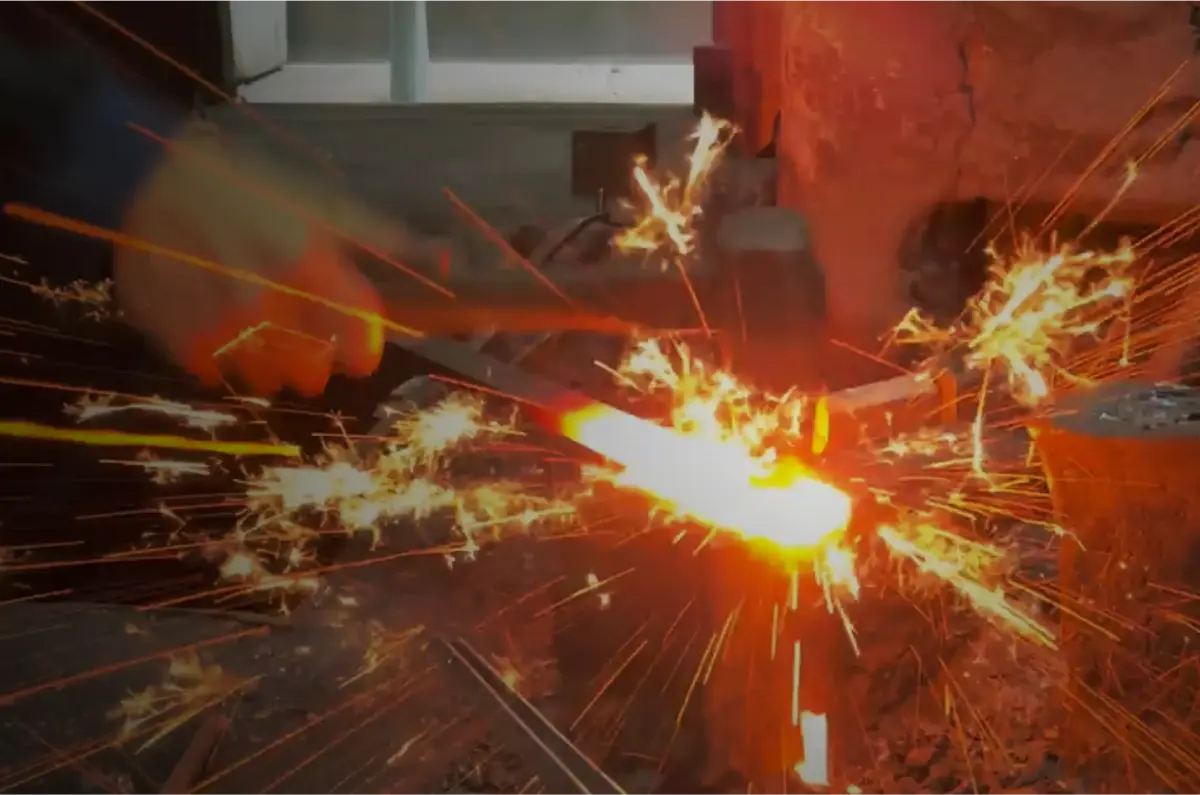


Forging
This process involves heating steel to a high temperature (approximately 1,000°C or higher) and beating it into shape. In this process, the blacksmith beats the steel with a hammer or machine to stretch it and roughly create the shape of the sword blade. At this stage, the steel and soft iron are firmly integrated to create a sword blade with the proper strength. This is an important operation that determines the strength and sharpness of the blade.
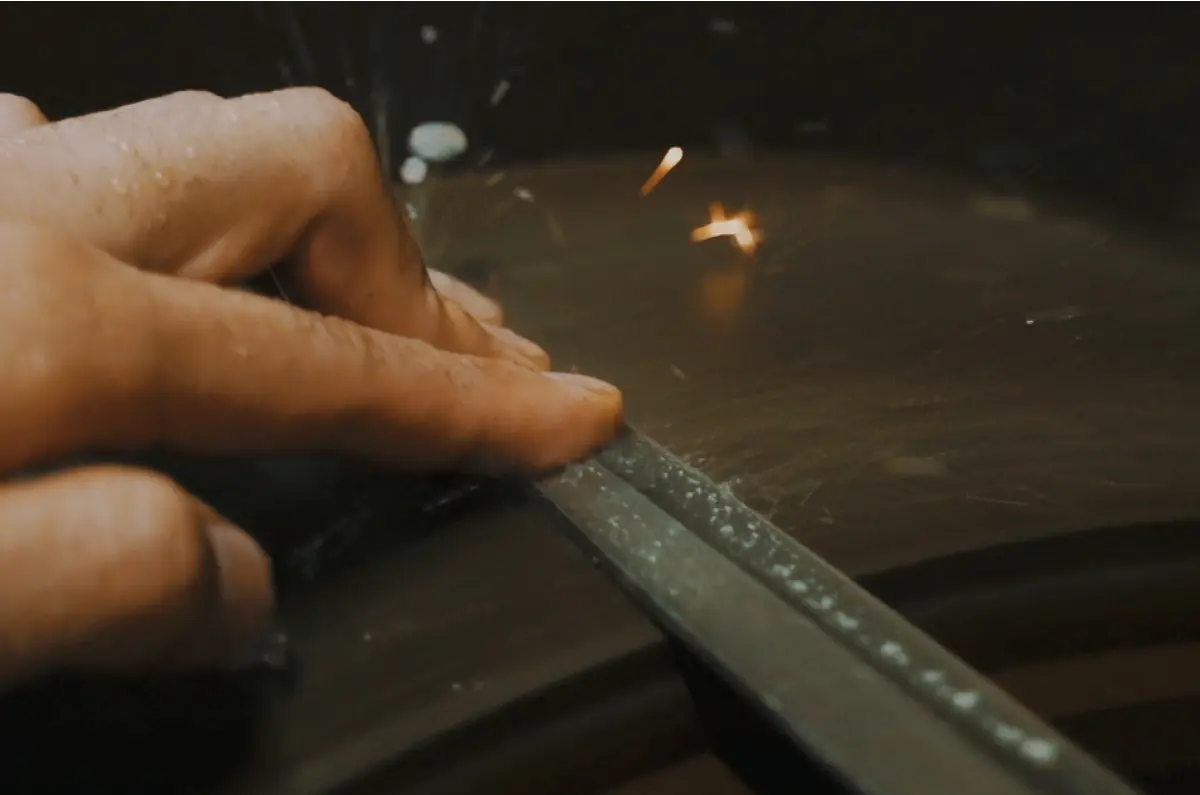

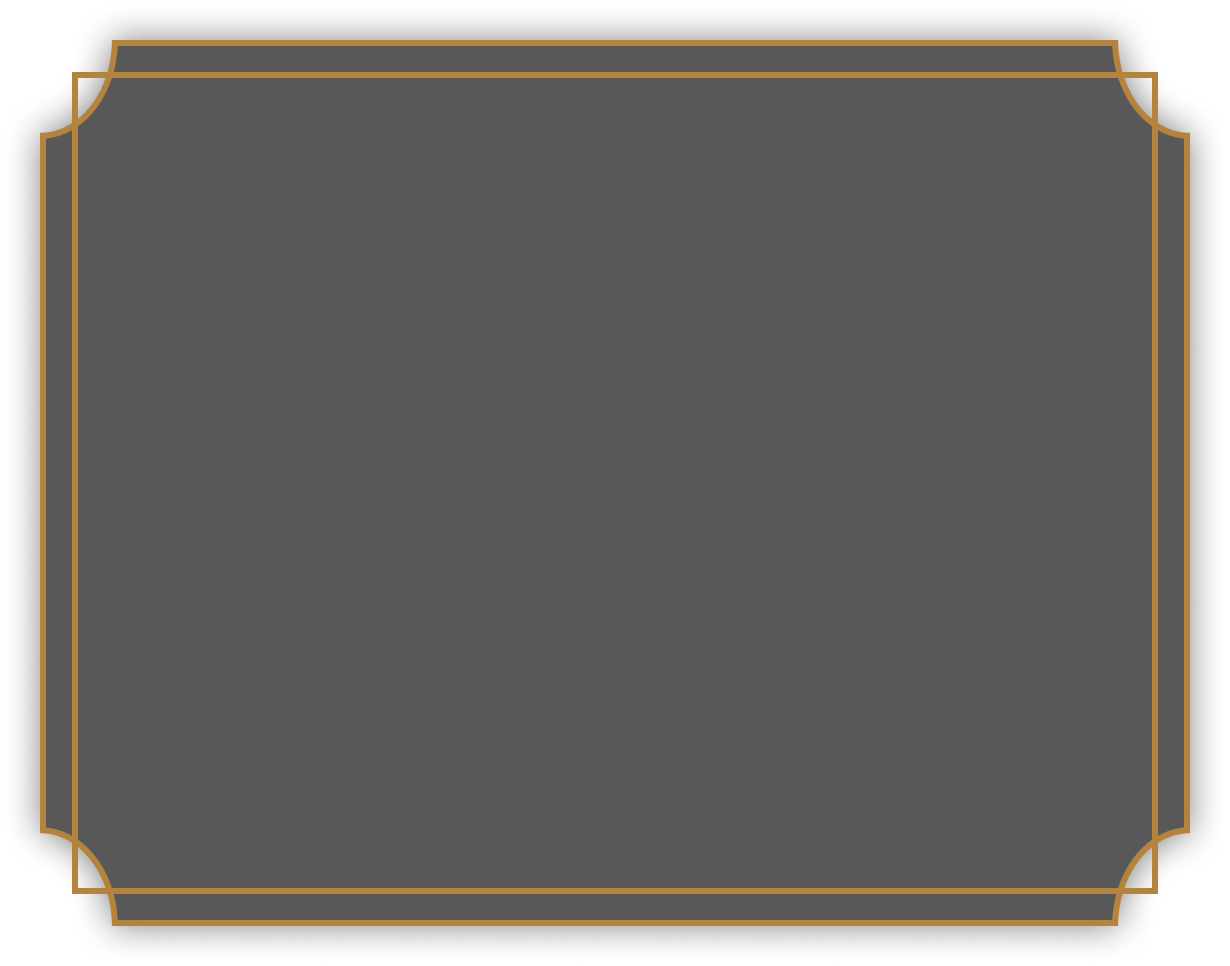
Sharpening
This is the process of sharpening the blade of a kitchen knife to give it the proper angle and sharpness. The blade sharpening of Sakai Uchihamono knives is done by hand by skilled craftsmen and is highly regarded for its quality and precision. After forging, the process is divided into “rough sharpening" to shape the blade and “finishing sharpening” to further polish the sharpness of the knife after rough sharpening. For single-edged kitchen knives made by Sakai Uchihamono, only one side is sharpened, which requires extremely delicate techniques. The way the blade is attached differs depending on the type of knife and the steel used, and the best sharpening method is applied to each.
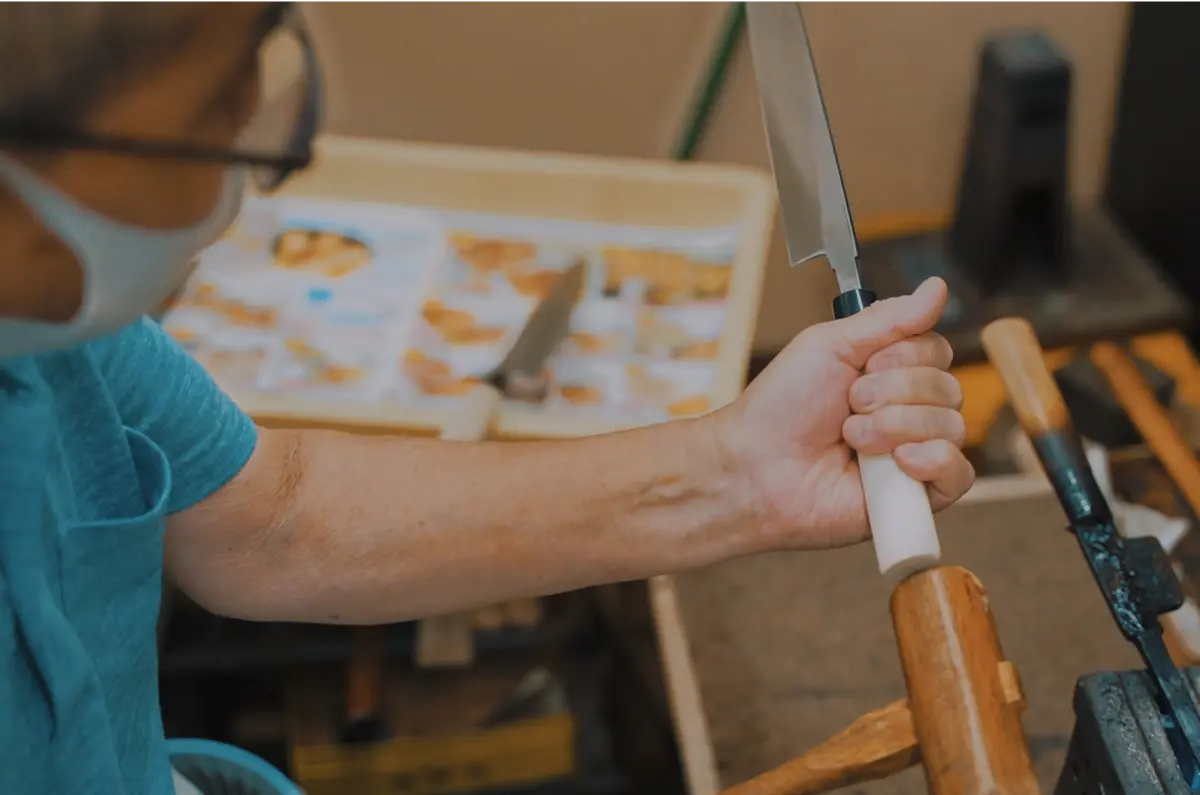


Handle
Once the blade is complete, the next step is to attach the handle. The handle is usually made of wood (such as ichii wood or ebony) and determines the balance and feel of the knife. Craftsmen create handles with shapes that are particularly easy to grip, such as octagonal handles, which combine beauty and practicality. At this stage, the balance of the entire knife is finally adjusted.


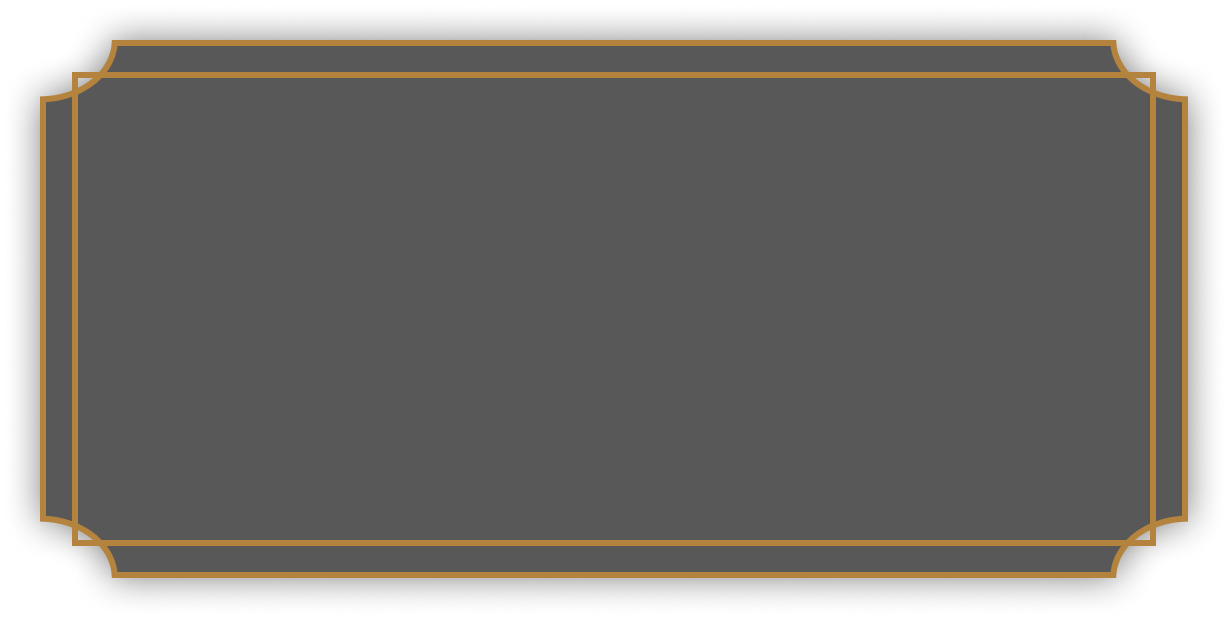
Carving name
This is the process of carving name of the craftsman or manufacturer on the surface of the blade.
Sakai cutlery knives are stamped with this seal as proof of their quality. Hand-engraved, each knife is unique.
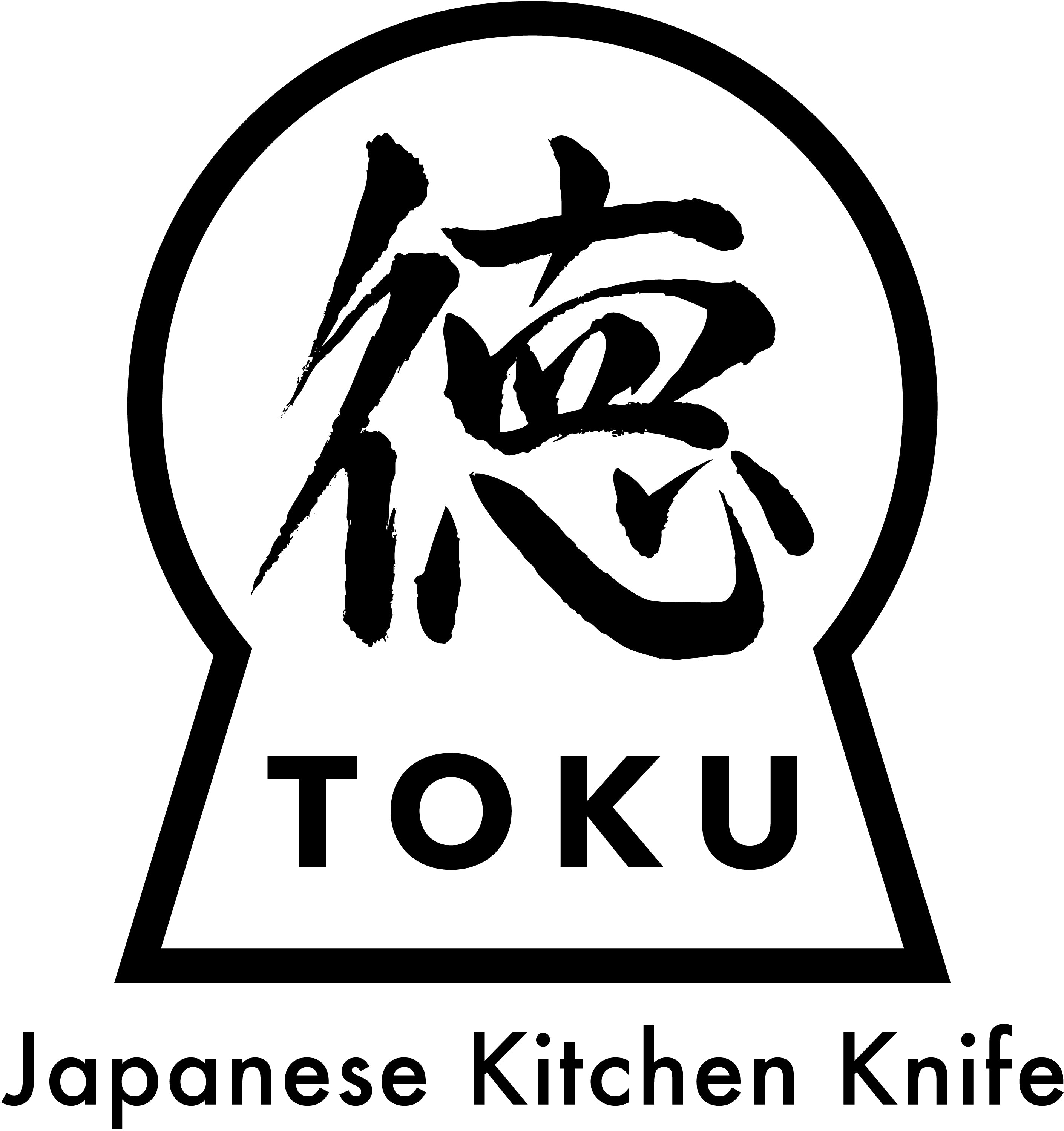
![[2024] Knife variety](http://japanknifetoku.com/cdn/shop/articles/6_R3_2089-ARW3_873d87a1-2415-42b3-adcb-e9ad48dc40ec.jpg?v=1750312481&width=300)